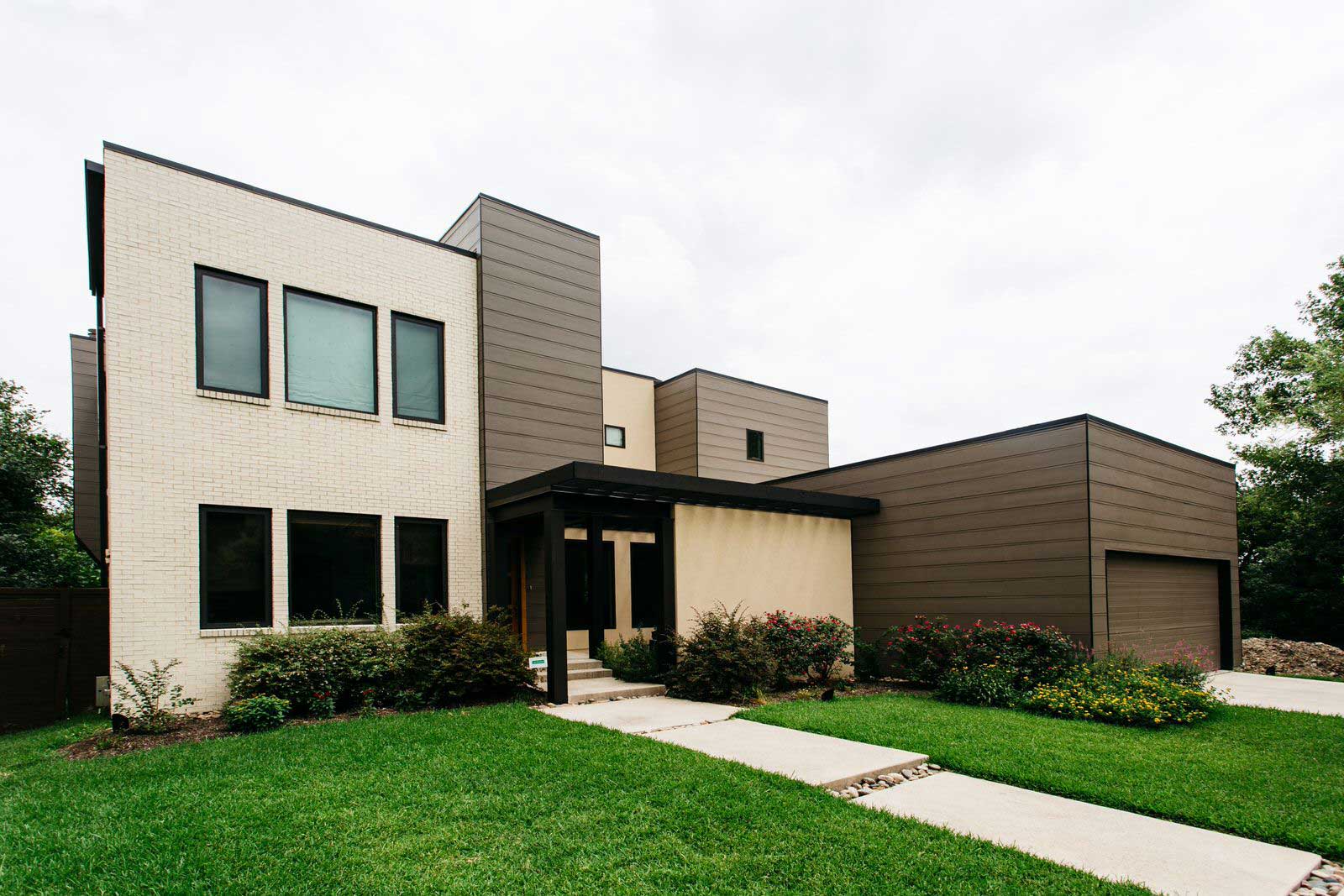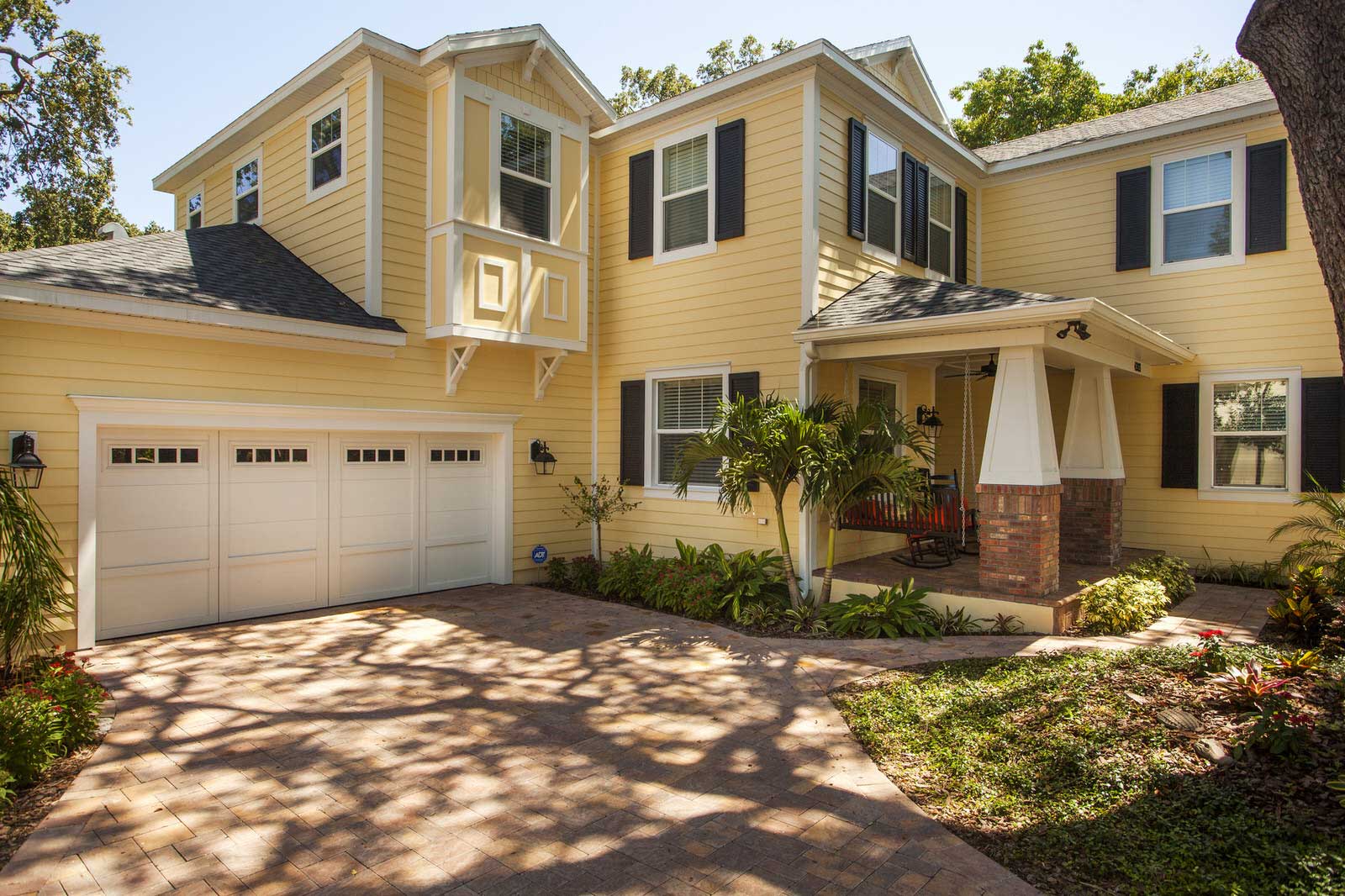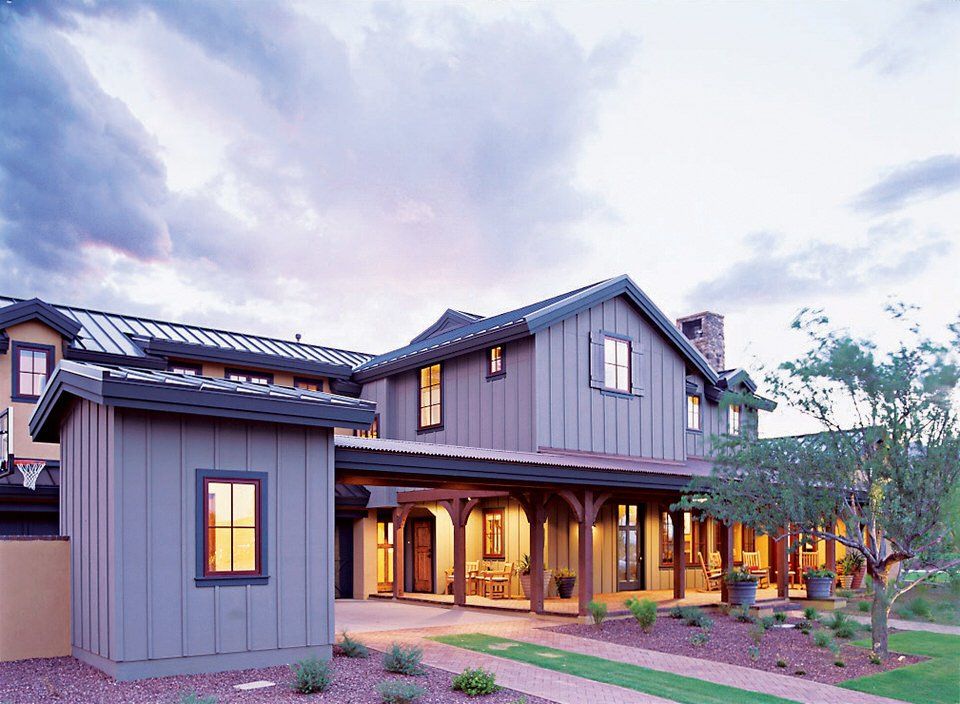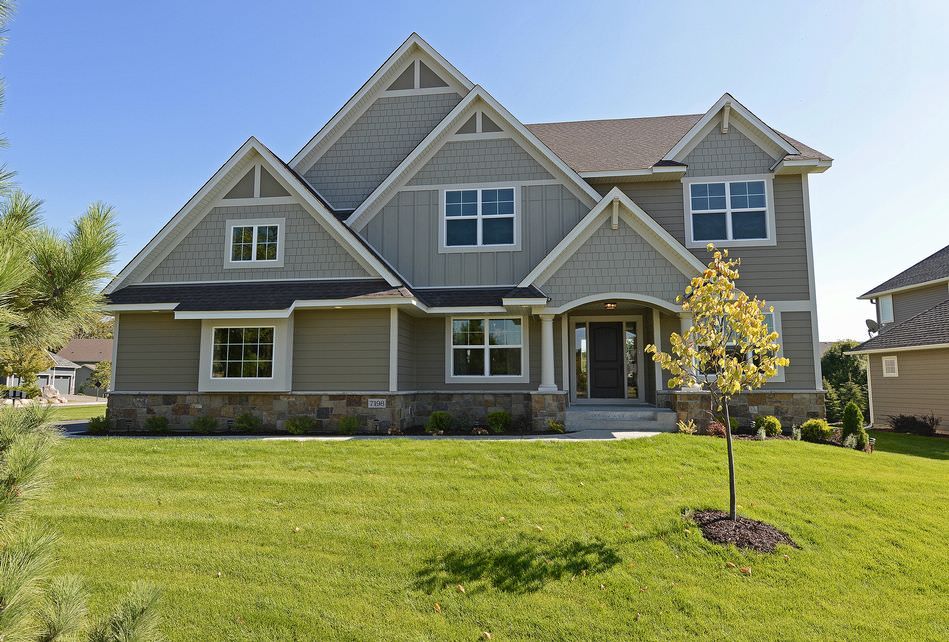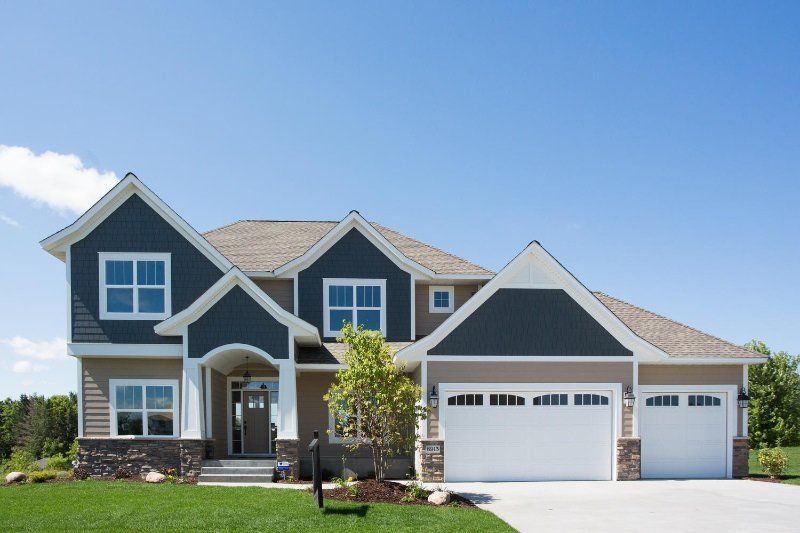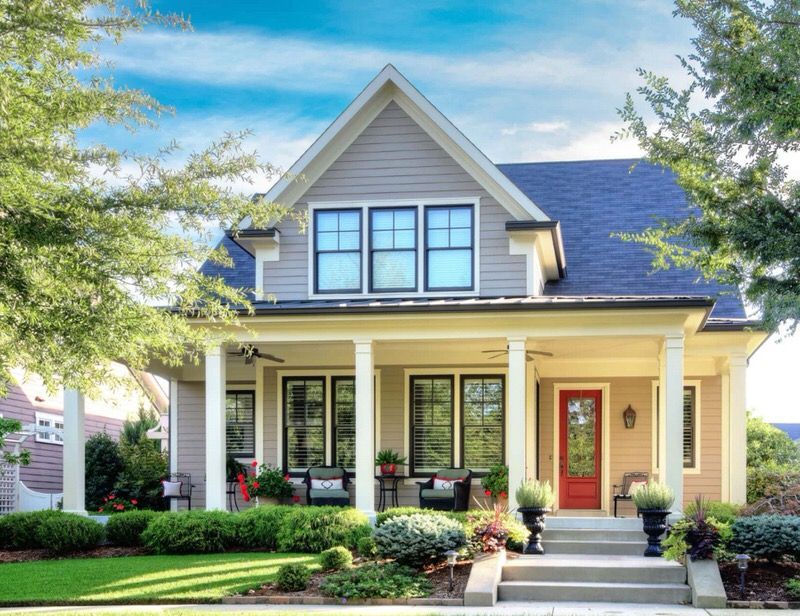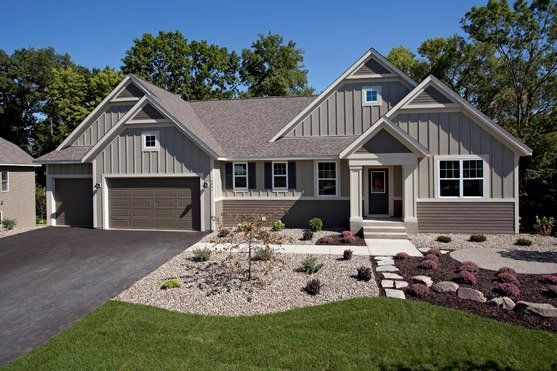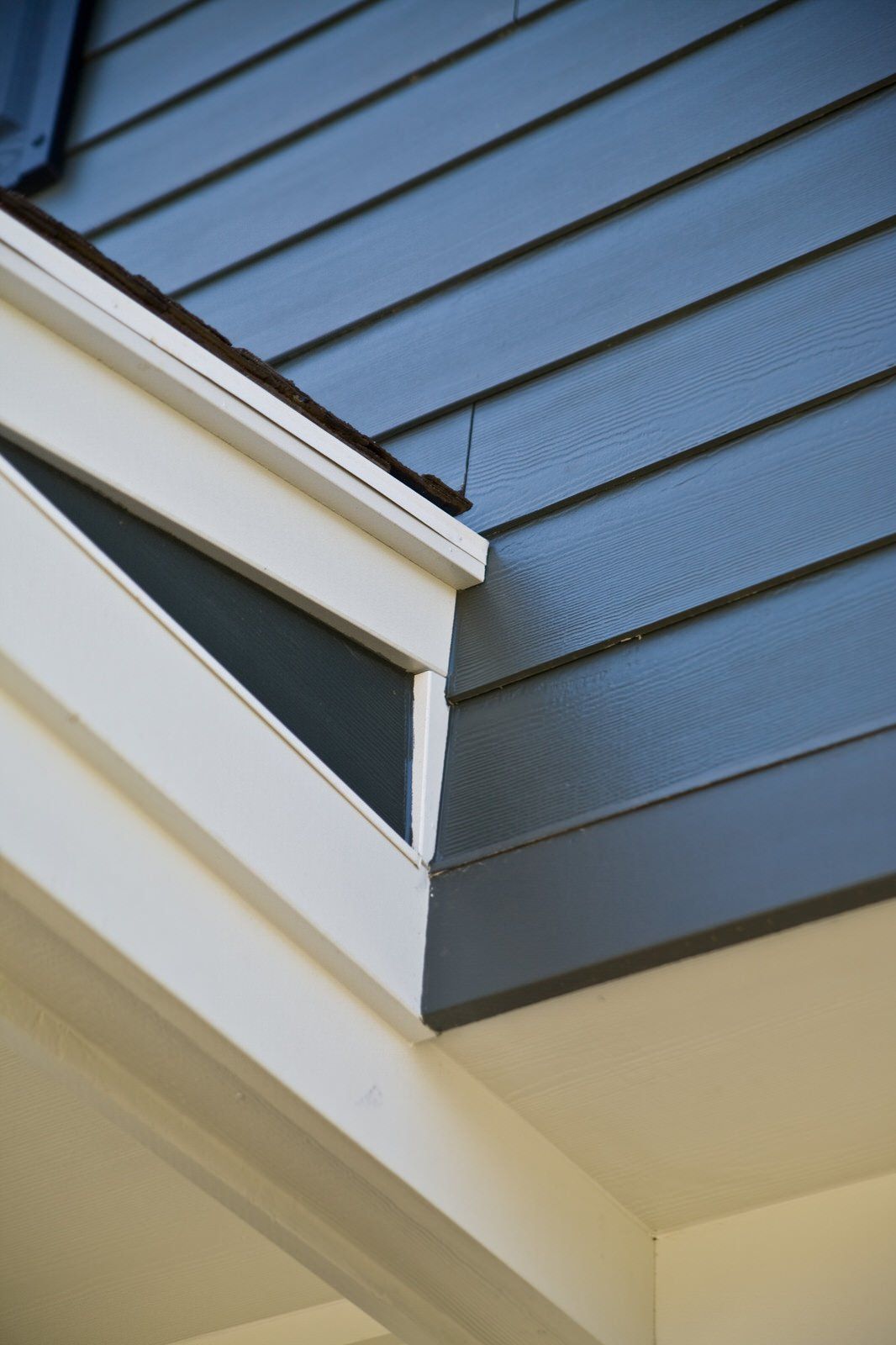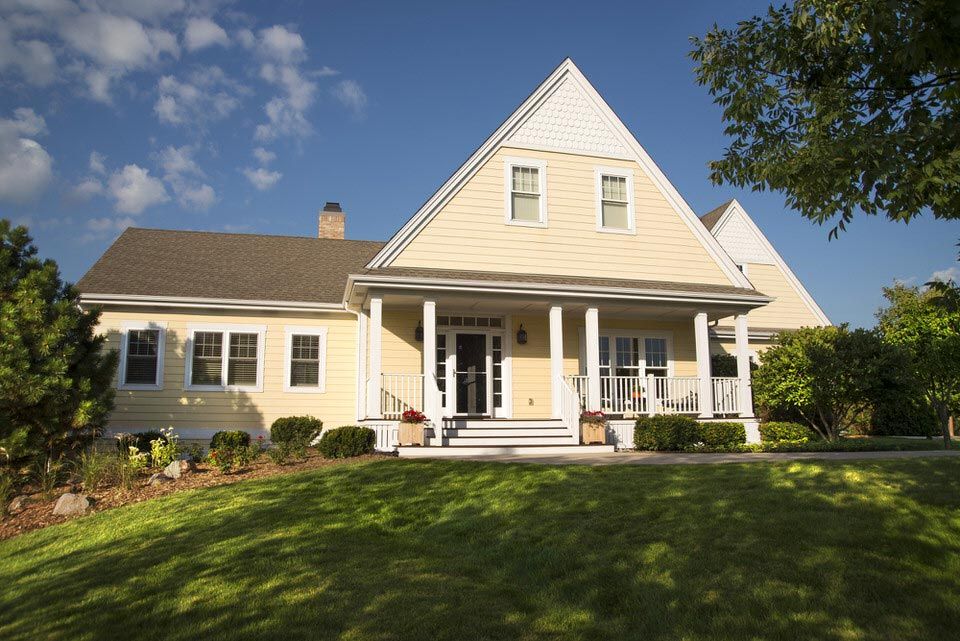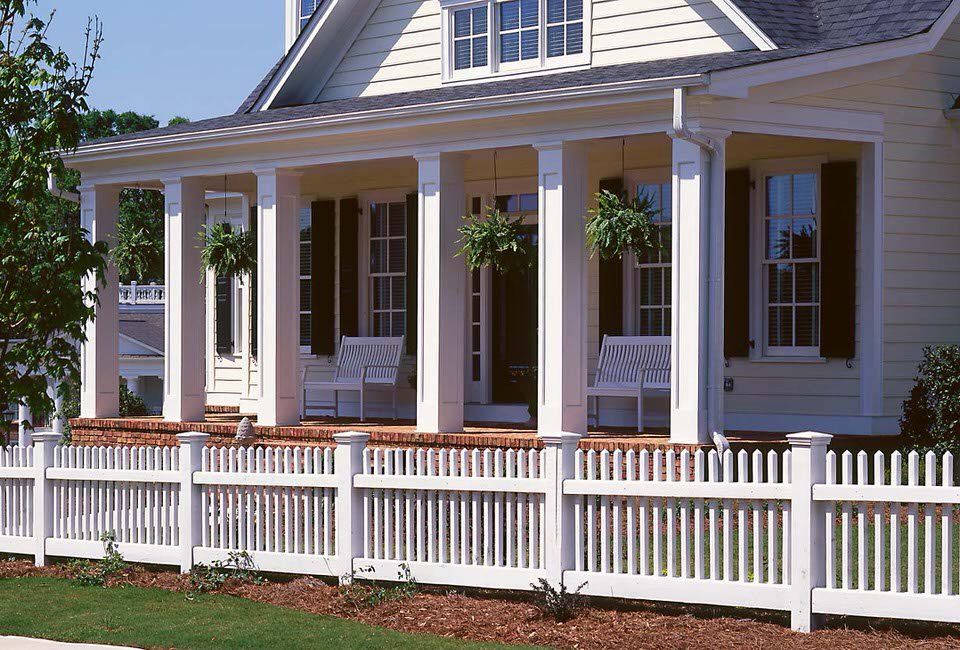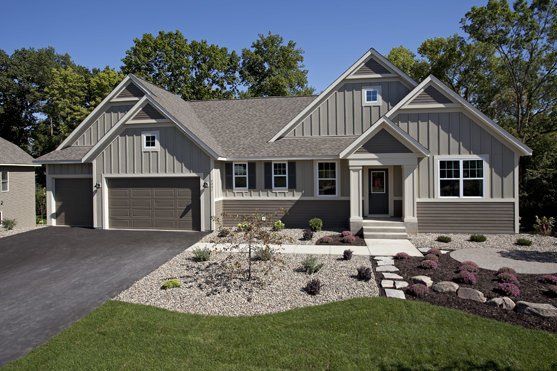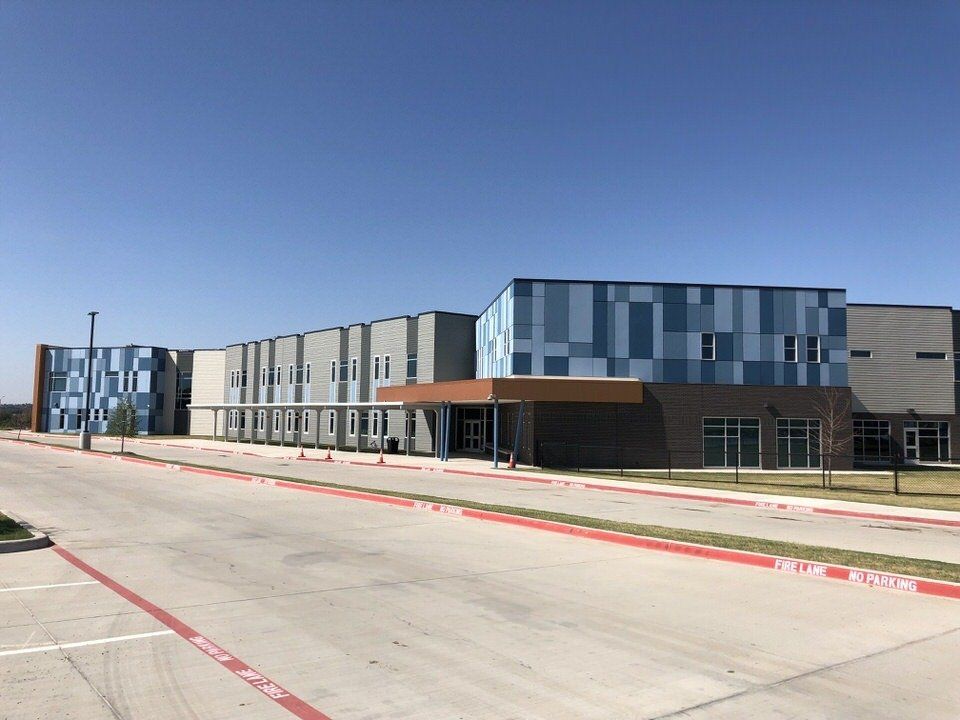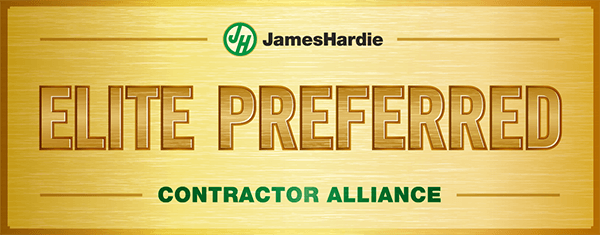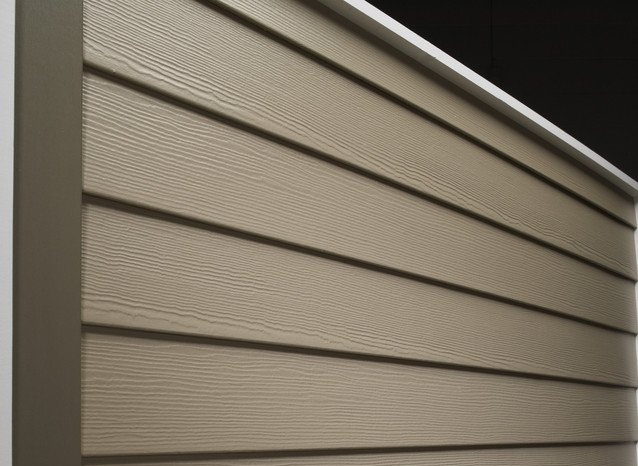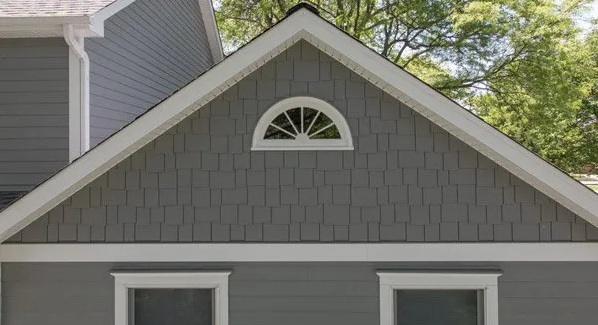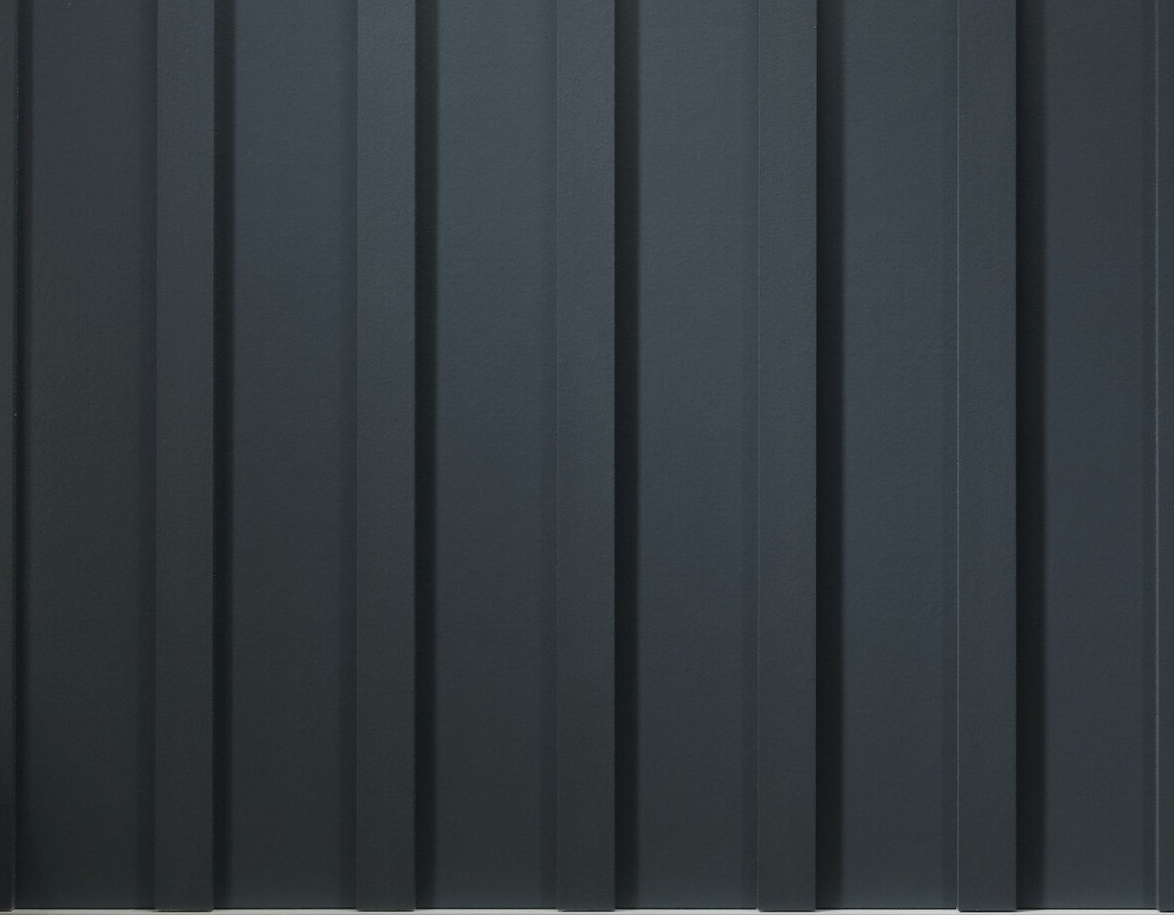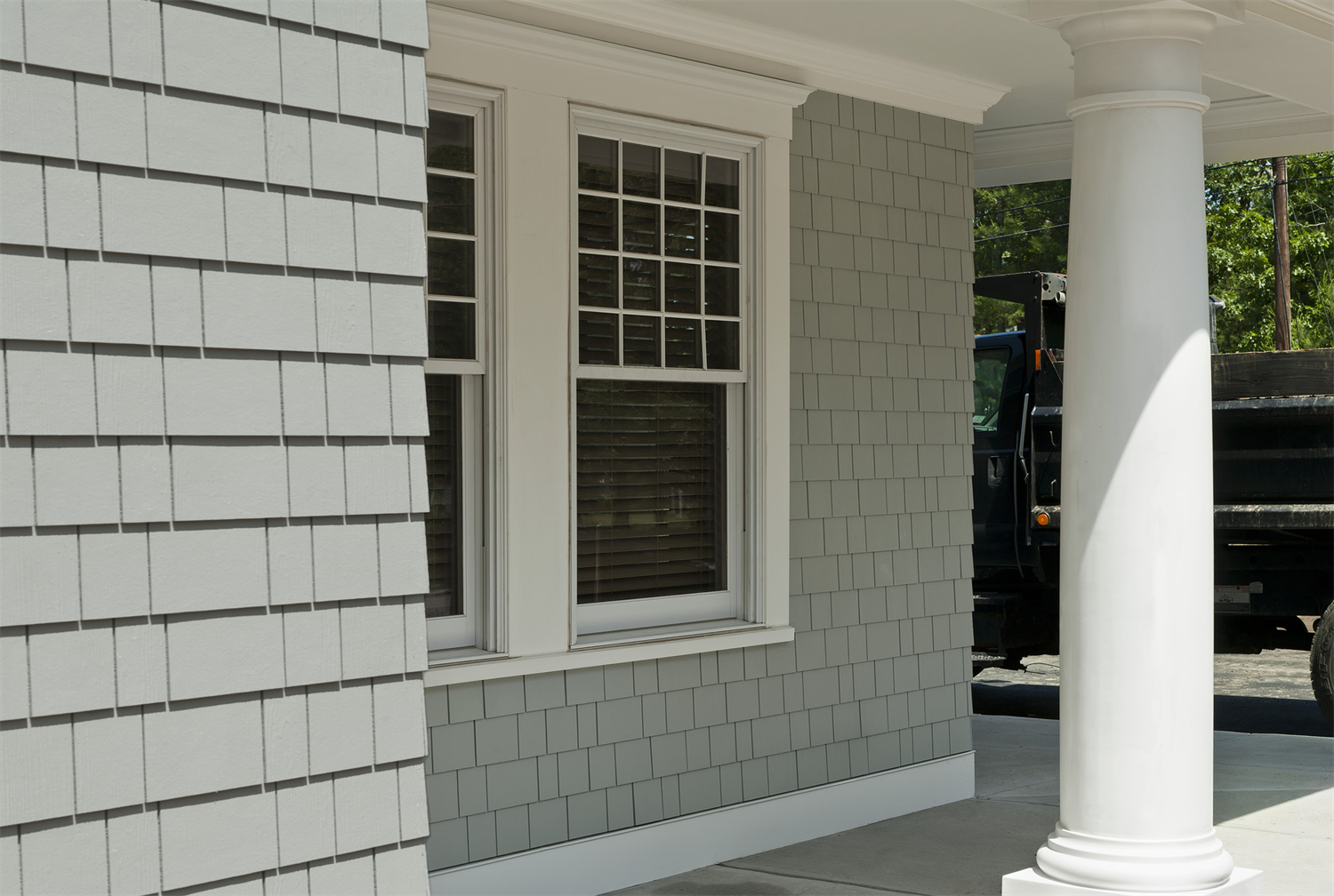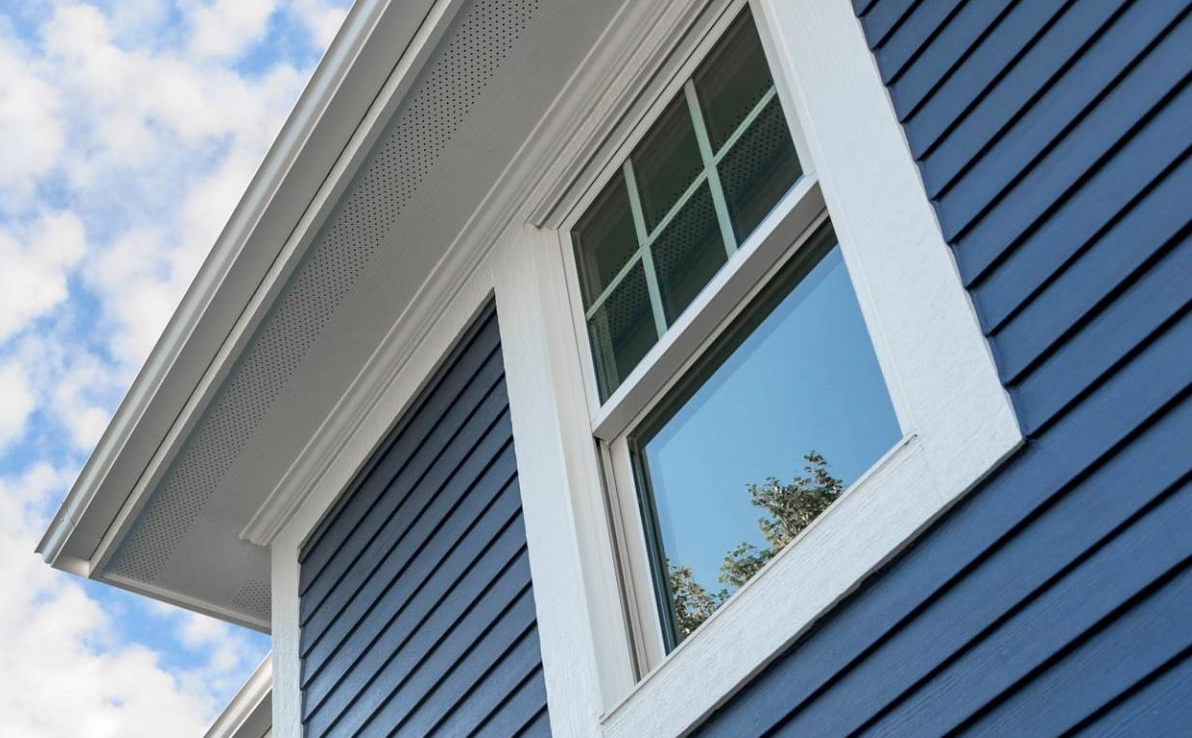'Learn about Fiber Cement Siding' Articles
EXPLORE SIDING COLORS
SIDING PRODUCTS
COMMERCIAL SIDING
Learn how fiber cement siding can enhance the aesthetics and value of your home and the benefits of choosing James Hardie products. We’ll walk you through what it is, why proper installation is key, and the various costs and maintenance you need to know about.
What Is Fiber Cement Siding?
Although fiber cement siding has been around since the 1970s, greater availability and options have increased its popularity in recent years. Not just for the homeowners who get to enjoy it on their homes, but for the contractors and builders who get to install it.
Fiber cement siding is a durable, long-lasting, and low-maintenance material that's used on residential houses and some commercial projects. It's a semi-rigid material that provides substantial protection, while still maintaining some flexibility.
If you're thinking about replacing your siding or are choosing an exterior for a new home, you know you’ve got options, including fiber cement. So, how do you choose which siding is right for you (and why do we think it should be James Hardie products)?
We'll take you through the essential information about fiber cement to help you make an informed decision about installing it on your house.
If you have specific questions about installing it in your home, you can contact us. We’re happy to answer any questions.
What is Fiber Cement Siding made of?
Fiber cement is made up of a few simple ingredients: Portland cement, sand, water, and cellulose fibers. However, the composition will change depending on the manufacturer. James Hardie's formulation includes proprietary additives that enhance the performance of the product.
Their products are engineered specifically for each climate zone. This means that you get a durable product, that’s flexible enough to stand up to heavy wind and rain.
Sizes and Types
The great news is, you’ve got options when it comes to fiber cement. So, no need to compromise strength with the aesthetic you want for your home.
Fiber cement board is available in plank format that is similar in dimension to vinyl siding, ranging in profiles from 4 to 11 inches. Fiber cement siding is also finished with a variety of textures:
- Wood grain patterns
- Smooth planks
- Stucco textures
Whether you want a rustic cabin look, clean modern aesthetic, or the textured looks of stucco, fiber cement can help you achieve it.
James Hardie Fiber Siding Products
If you want to see what style options are available, we’ve included links to the various textures, colors, and styles James Hardie offers.
- HardiePlank® Lap Siding
- HardieShingle® Siding
- HardiePanel® Vertical Siding
- HardieTrim® Boards
- Hardiesoffit® Panels
- Artisan® Collection
The Benefits of James Hardie Fiber Cement Siding
It's the only type of siding that combines the performance of masonry with minimal upkeep.
When properly installed, it’s rot-proof , fire-resistant, and termite-proof.
It’s unaffected by wind or cold and you can get the look of painted wood clapboards, and shingles. Yet fiber cement goes for just a fraction of the cost of these other materials.
No wonder nearly 15 percent of new homes and many This Old House TV projects are clad with the stuff.
- Minimal upkeep
- Extremely durable
- Energy efficiency
- Improves the look of your home
- Low maintenance costs
- 30-year warranty
- Ideal for hurricane and tornado-prone areas
Cost
Vinyl siding will probably always be the lowest cost siding product available, but you’ll be compromising on durability, look, and the cost of ongoing repairs. Fiber cement is long-lasting and provides excellent overall value.
Generally, it costs less than brick, synthetic stucco and some wood siding options. It's typically equally or less expensive than hardboard or composite siding, and (yes) more expensive than vinyl. Since James Hardie products are sold through independently operated dealers, and because every project is unique, there's no one-size-fits-all pricing.
While the initial installation cost tends to be higher, you save money by not having to repaint every few years, or replace/repair sections of your wood siding because of rot caused by moisture.
The best, most accurate way to get an estimate for your siding project is to get a quote from a local contractor who's experienced in installing fiber cement siding. You can get in touch with one of our estimators here.
Maintenance
Fiber cement siding is a low-maintenance exterior option for your home. The extent and nature of maintenance required will depend on your geographical location, exposure of the building and whether you have prefinished siding or if it will be painted on site.
The team at Preview Construction can walk you through all your options, and explain which ones work best in Texas.
James Hardie's prefinished products with ColorPlus Technology resist fading, chipping, and cracking, meaning less maintenance for you. If you need to clean your James Hardie siding, we recommend a soft brush and a garden hose. You can read more about how to clean fiber cement siding (jameshardie.com)
If You’re Ready to Transform the Look of Your Home - Contact Us
Fiber cement siding offers more benefits than we can list here, it’s why we’ve chosen to specialize in it. Our team has the proper training, and proper tools, to make sure your siding is installed correctly the first time.
Serving Dallas, Texas and the
State of Texas since 1991.
© 2020 Preview Construction Partners Ltd. All Rights Reserved

